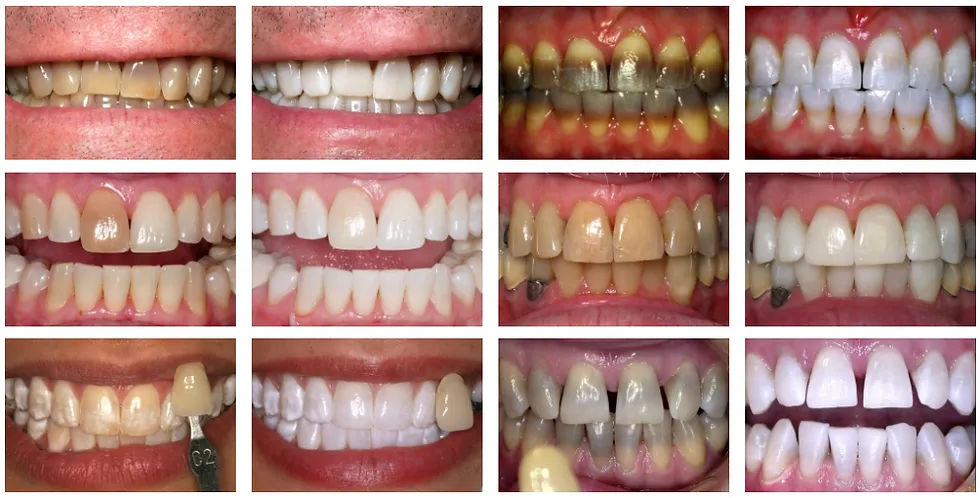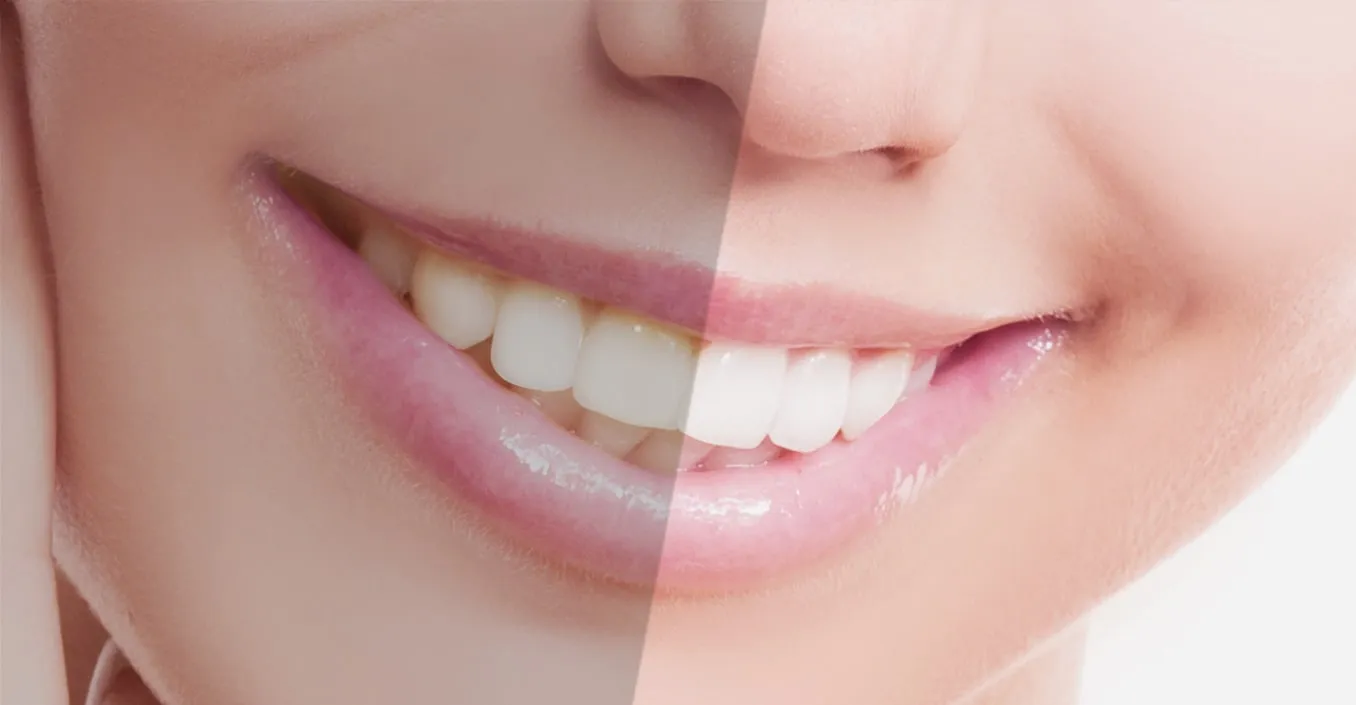What is Teeth Whitening Gum?
Teeth whitening gum is a type of chewing gum specifically designed to help whiten your teeth. Unlike regular chewing gum, it contains active ingredients intended to reduce stains and brighten the appearance of your smile. This gum is typically flavored to be pleasant to chew and is often marketed as a convenient alternative to other teeth whitening methods. It is designed to be used throughout the day, offering a potentially subtle but consistent approach to improving the brightness of your teeth. This innovative oral care product has gained popularity due to its ease of use and accessibility, making it a favored choice for those seeking to enhance their smile on the go.
How Does Teeth Whitening Gum Work?
The mechanism behind teeth whitening gum involves a combination of mechanical action and chemical processes. When you chew the gum, it stimulates saliva production, which helps to rinse away surface stains and debris. Simultaneously, the active whitening agents in the gum come into contact with your teeth. These agents, such as peroxide compounds, work to break down stain molecules, effectively lightening the shade of your enamel. Consistent use of the gum allows for a continuous exposure of these agents to your teeth, promoting a gradual whitening effect. Furthermore, the act of chewing also helps to remove plaque and bacteria, contributing to overall oral hygiene and a brighter smile.
Whitening Agents in Gum

The primary whitening agents found in teeth whitening gum typically include hydrogen peroxide or a similar compound, like sodium percarbonate. These chemicals are mild and designed for regular use. Hydrogen peroxide works by releasing oxygen molecules that penetrate the enamel and break down the stain-causing compounds within the tooth. Some gums may also contain abrasive agents to help scrub away surface stains. The concentration of these whitening agents is usually lower compared to professional treatments or strips, making the gum a gentler option. The effectiveness depends on the specific formula and the duration and frequency of use, but the goal is to provide a noticeable brightening effect over time.
Effectiveness of Whitening Gum
The effectiveness of teeth whitening gum varies among users. While it is generally less potent than professional whitening treatments, many users report seeing a noticeable improvement in the brightness of their teeth with consistent use. Whitening gum is most effective at removing surface stains caused by coffee, tea, and other dietary factors. For deeper or more ingrained stains, or those caused by medications or aging, the results may be less significant. The degree of whitening also depends on factors like the concentration of the whitening agent, the duration of use, and the individual’s oral hygiene habits. It’s important to have realistic expectations and consider that the effects will typically be subtle and gradual.
Factors Affecting Results
Several factors can influence the effectiveness of teeth whitening gum. The type and severity of stains play a significant role, with surface stains responding more readily than intrinsic stains. The frequency and duration of use also impact the results, as consistent use is crucial. Individual factors like tooth enamel porosity and the presence of existing dental work, such as fillings or crowns, may influence the outcome. Oral hygiene habits, including regular brushing, flossing, and dental check-ups, also contribute to the effectiveness of the gum by maintaining a clean surface for the whitening agents to work on. Dietary habits, such as avoiding stain-causing foods and beverages, can further enhance the whitening effects.
Benefits of Using Whitening Gum

Teeth whitening gum offers several benefits. It’s highly convenient and accessible, allowing users to whiten their teeth discreetly throughout the day, anywhere. The act of chewing gum also promotes saliva production, which helps to cleanse the mouth and neutralize acids, contributing to better oral hygiene. Many whitening gums also have a refreshing flavor, which can freshen breath and make your mouth feel cleaner. Whitening gum is generally affordable, making it an economical option for those seeking to improve their smile. Because it’s easy to incorporate into your daily routine, consistency is easier to maintain. And with regular usage, you can expect to see a brighter smile without the hassle of more intensive treatments.
Convenience and Accessibility
One of the biggest advantages of teeth whitening gum is its convenience and accessibility. You can easily find whitening gum at drugstores, supermarkets, and online retailers. This accessibility makes it simple to integrate into your daily routine. You can chew the gum after meals, while at work, or on the go, without needing any special equipment or a dedicated time slot. This portability makes it a discreet way to maintain a bright smile wherever you are. Compared to other whitening methods, like strips or trays, whitening gum offers a hassle-free approach, making it ideal for those with busy lifestyles who still want to keep their teeth looking bright and clean.
Potential Drawbacks and Side Effects
While teeth whitening gum is generally safe, it may have some potential drawbacks. Some users experience mild sensitivity in their teeth or gums, especially with prolonged use. This is typically temporary and subsides once you stop using the gum. Overuse can lead to irritation or inflammation of the gums. The effectiveness is also a consideration, as the results may be less dramatic compared to professional whitening treatments. The gum might not be suitable for people with certain dental conditions or allergies to the ingredients. Additionally, some individuals may find the taste and texture of the gum to be unpleasant, which could hinder consistent use. It’s always recommended to consult with a dentist before starting any new teeth whitening regimen.
Limitations of Whitening Gum

Teeth whitening gum has limitations. Its effectiveness is often limited to surface stains, meaning it may not work as well on deeper stains caused by medications, aging, or intrinsic factors. It cannot change the color of dental work, such as crowns or fillings. The whitening effect is typically subtle and gradual, requiring consistent and long-term use to see noticeable results. The concentration of whitening agents in gum is usually lower than in other whitening products, which means it might not be suitable for those seeking significant and rapid changes in their tooth shade. Individuals with sensitive teeth or specific oral health issues should consult their dentist before using whitening gum, as it may not be the best solution for everyone.
Alternative Teeth Whitening Methods
If teeth whitening gum doesn’t meet your needs, several alternative methods are available. Over-the-counter options include whitening strips, toothpastes, and gels, which offer varying degrees of effectiveness. Professional whitening treatments performed by a dentist can provide more dramatic results, using stronger whitening agents and specialized techniques. These treatments can be done in-office or with custom-fitted trays for at-home use. For those seeking a more natural approach, some options include the use of activated charcoal or oil pulling, although scientific evidence supporting their effectiveness is limited. It’s always best to discuss these methods with your dentist to determine the best option for your specific needs and oral health condition.
